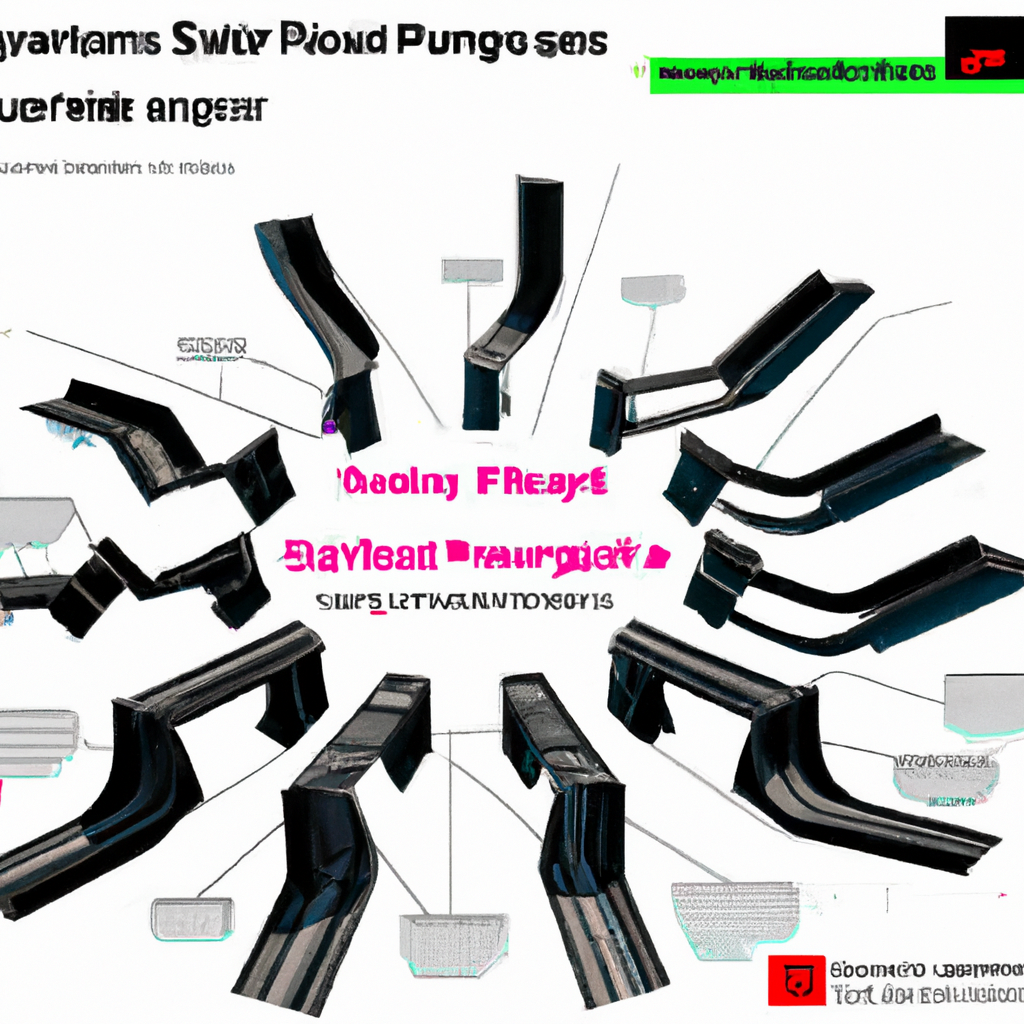Every maker has faced the frustration of a failed 3D print due to poor support structures. Instead of seeing it as a setback, view it as a chance to improve. Optimizing supports is crucial for achieving complex designs without wasting material. Let’s explore strategies that balance complexity with manufacturability.
Understanding Support Structures
Support structures are vital for successful 3D printing. They provide temporary support for overhangs and complex designs. Types include tree-like supports that minimize contact points and grid supports for stability. Consider a simple cube versus an intricate overhang; the cube needs minimal support, while the overhang requires careful planning. This is where ‘design for manufacturing’ comes in, promoting efficient support design to enhance print quality.
Design for manufacturing optimizes each print stage to ensure quality outcomes.
Principles of Optimization
Optimizing supports is like refining scaffolding in construction – essential but ideally minimal. The goal is to reduce material use and post-processing time without compromising print integrity. Approach this ’layer by layer,’ much like assessing each floor of a building for scaffolding needs.
Staying Current with Software Tools
Using the latest tools can greatly improve your support strategy. Open-source slicers like Cura or PrusaSlicer offer advanced support settings that can be customized for optimal results. These tools, based on FOSS principles, allow you to access the latest updates, keeping you ahead in the rapidly evolving 3D printing field.
Scaling Projects
As projects grow, support design complexity increases, affecting timelines and budgets. Efficient support removal is crucial and can be time-consuming, especially in large prints. Here, the role of a ‘maintainer’ is key, overseeing the project’s evolution and ensuring support strategies are updated and refined.
‘Perfect is the enemy of good.’ Balance perfection with practical solutions to succeed.
In summary, effective support structure design involves starting with the end in mind, iterating with each print, and using advanced software tools for optimization. Experiment with different settings, document outcomes, and continuously refine your approach. Remember, perfect is the enemy of good, and finding that balance is your path to successful 3D printing.
